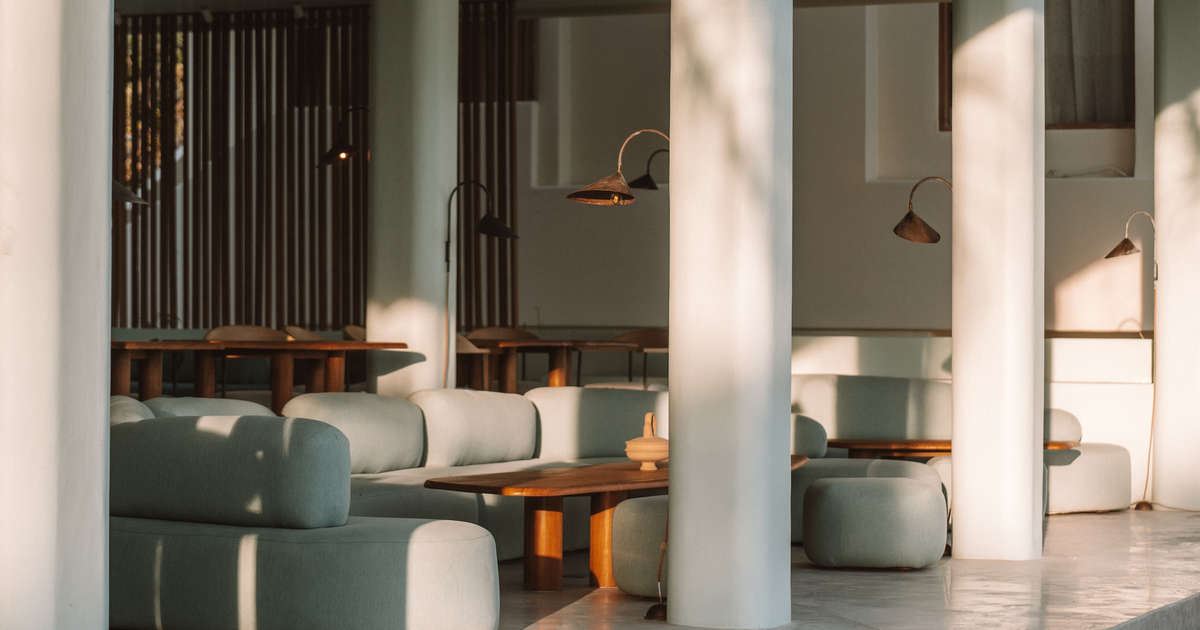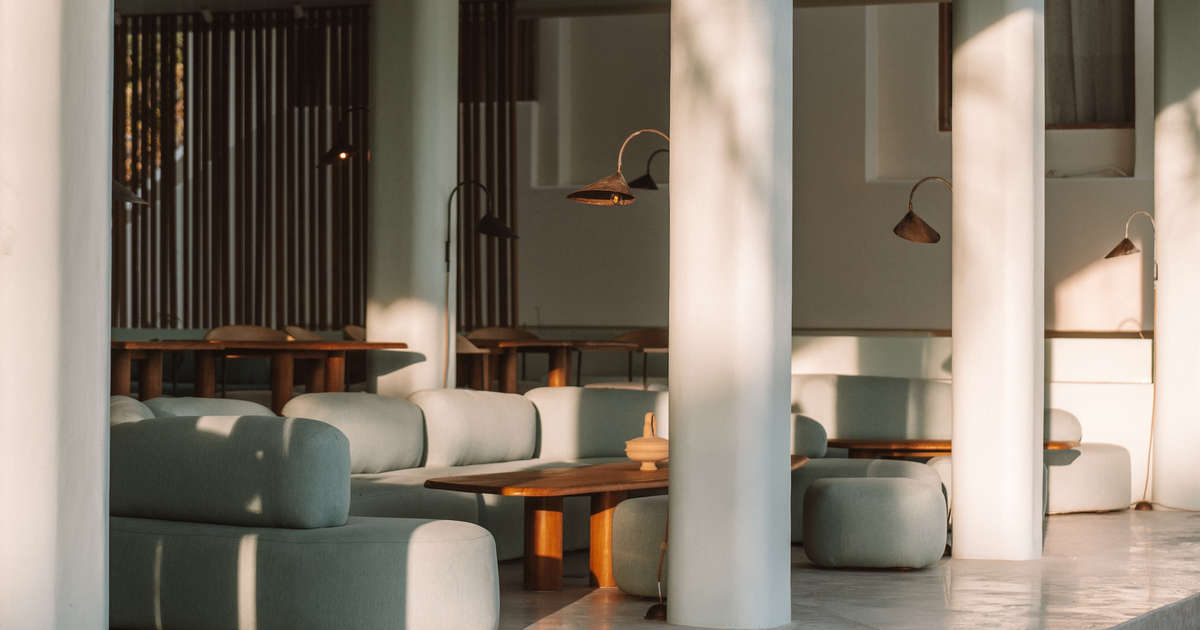
The future of hospitality is not about beds and breakfasts. It is about building ecosystems where culture, creativity, and community flourish through in person connection. Increasingly, the world’s most compelling destinations are not defined by their beaches or their skyline, but by the way they bring people together to learn, to create, and to belong and to connect.
Nuanu Creative City in Bali is one such place; a pioneering community that redefines how we live, work, and experience life together.
For many, the idea of a “creative city” may sound abstract. In reality, Nuanu is a purpose-built environment where entrepreneurs, artists, technologists, and visionaries live side by side, connected by a sustainable economic model and a shared belief that creativity can be the engine of human progress.
Nuanu’s Vision and Sustainable Model
Nuanu is not a resort. It is not a typical real estate development. It is an ecosystem rooted in regeneration. A portion of all revenue feeds directly into a social fund, supporting projects that uplift the local community and environment. Its industries are not extractive, but generative, with creative enterprise powering sustainable growth.
The city is designed for collaboration and cultural exchange. It breaks conventional rules of urban planning and hospitality, becoming a living laboratory tomorrow. Here, the boundaries between resident and visitor, work and play, artist and entrepreneur dissolve into one continuous flow of experimentation.
Breaking the Rules
Innovation rarely thrives within rigid walls. At Nuanu, work, art, and hospitality are interwoven. A stay is not measured only by room occupancy or event ticket sales but by the richness of cultural experiences shared. It is a place where success looks like a mural painted together, a festival born from collective vision, or a conversation that sparks a new venture.
Dreams of the Collective
Nuanu began with a dream: to create a place where people could connect, learn, celebrate, and evolve together. That dream has since given life to cultural festivals, immersive art exhibitions, wellness programmes, and entrepreneurial hubs. In this ecosystem, hospitality is not a separate sector, but is the host of those experiences. Hotels and sanctuaries become stages where creativity and community play out in real time.
Daisy’s Role and Evolution
My own journey here began with Suara, a festival created to bring more unity in the community and to activate Nuanu Creative City. From those early beginnings, I became Nuanu’s first Creative Director for Events, helping shape large-scale gatherings that set the city’s cultural heartbeat.
Today, that journey continues with Oshom.
Oshom: A Tangible Example Within a Collective Dream
Oshom is one of the first tangible manifestations of Nuanu’s vision; a guided example of how a collective dream can become lived reality. Conceived as a sanctuary within the city, Oshom translates Nuanu’s ethos into hospitality that is both soulful and practical. Its wabi-sabi design, use of natural materials, and playful integration of art mirror the city’s creative spirit.
But it is also only one piece of a larger mosaic. Nuanu is home to many owners and dream-makers, each bringing their vision to life. Together, these projects form a living ecosystem where culture and creativity are not abstract ideals but experiences guests can touch, feel, and take with them.
Meeting the Needs of Today’s Society
Why does this matter? Because society’s needs have shifted. In an age of hyper-connection and digital fatigue, people crave tangible experiences and spaces where they can connect with nature, discover purpose, and engage in face-to-face creativity. Success in hospitality is no longer measured solely by financial performance, but by how well it responds to these evolving needs.
Oshom shows how a hotel can serve as a sanctuary of belonging while also acting as cultural infrastructure. Guests leave not only rested but inspired, carrying ideas, connections, and creativity back to their own communities.
Co-Collaboration and the Power of Ecosystems
Crucially, Oshom does not stand alone. It exists within a wider creative ecosystem that thrives on co-collaboration. A guest might begin their day with a wellness circle, stumble upon a maker’s workshop, and end the evening immersed in a live performance. Hospitality here acts as a catalyst, drawing people deeper into cultural participation.
Rethinking Hospitality as Cultural Infrastructure
The hospitality industry must stop seeing itself only as accommodation and start seeing itself as a host of transformation. Creative cities like Nuanu demonstrate what is possible when hotels and sanctuaries become part of a larger social fabric.
The true luxury of the future is the ability to belong to a community that sparks creativity and renewal. Oshom is proof that from the field of dreams, tangible projects can emerge; ones that answer the needs of society today and plant the seeds of collective movements tomorrow.
In a time of digital saturation and AI-driven efficiency, human creativity and in-person connection remain timeless. The hospitality industry has the chance (and the responsibility) to safeguard those spaces. If we embrace this role, tomorrow’s hotels will be remembered not as places we stayed, but as places that transformed us.
Please visit:
Our Sponsor
